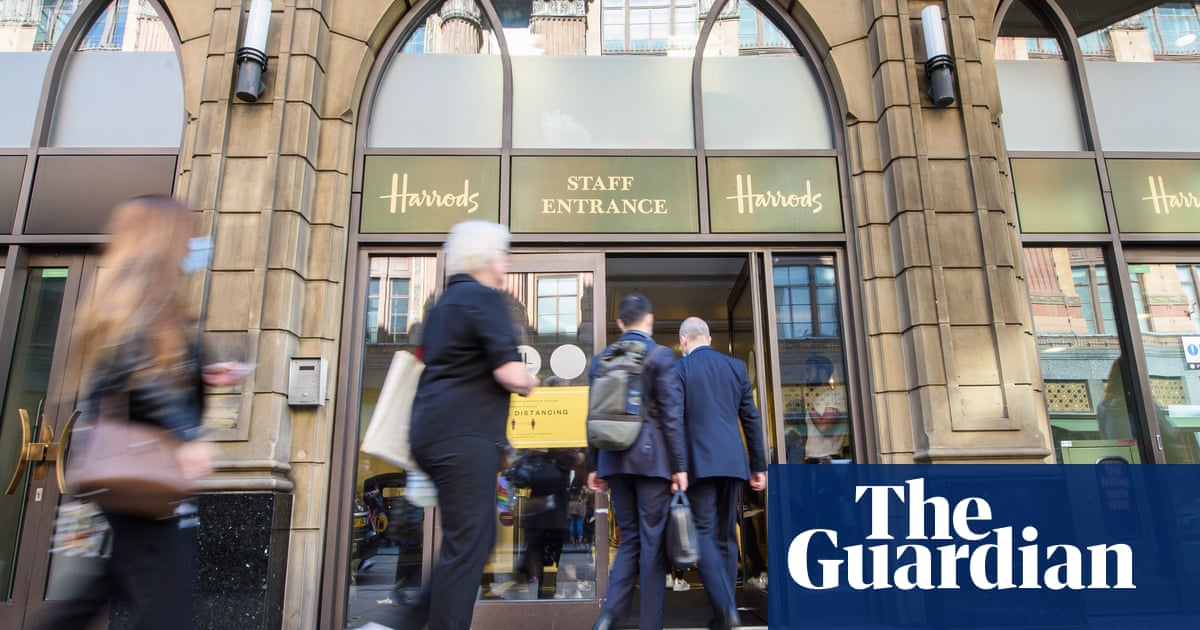The article highlights a recent cyber-attack on Harrods, a luxury department store, following similar incidents affecting Marks & Spencer and the Co-op. The piece emphasizes the urgency and severity of these attacks within the retail sector, raising concerns about cybersecurity measures.
Intent Behind the Publication
The news aims to inform the public about the growing threat of cyber-attacks in the retail industry. By reporting on Harrods alongside other major retailers, the article seeks to illustrate a pattern of vulnerability among well-known brands, potentially fostering fear or concern among consumers regarding the security of their personal information.
Public Perception
This type of reporting can create a perception that even prestigious retailers are not immune to cyber threats, which may lead to a loss of consumer trust. Shoppers might become more cautious about sharing personal data, affecting their shopping behaviors.
Potential Concealments
While the article reassures that customer data was likely not accessed, there may be an underlying intention to downplay the severity of the breach to avoid panic or negative press. The reassurance could be intended to mask any deeper operational issues that may arise from these attacks.
Manipulative Elements
The article presents a moderate level of manipulativeness, primarily through its choice of language that emphasizes the urgency and severity of the attacks. The framing of these events alongside one another suggests a larger crisis in the retail sector, potentially influencing public sentiment and behavior.
Truthfulness of the News
The report appears credible, as it cites a known news outlet (Sky News) and includes statements from Harrods. However, the potential for bias exists in how the information is presented, particularly regarding the context of the cyber threats.
Societal Implications
This news could lead to several scenarios, including increased scrutiny of retail cybersecurity measures and a potential decline in consumer confidence. If consumers feel unsafe, they may shift their shopping habits, impacting sales and stock values of affected companies.
Target Audience
The article is likely aimed at consumers and investors concerned about retail security. By addressing a broad audience, it attempts to engage those who may shop at these retailers or invest in their stock.
Market Impact
The news could affect stock prices of Harrods, Marks & Spencer, and the Co-op, especially if ongoing vulnerabilities lead to more significant disruptions. Investors might react negatively to the perception of increased risk in retail stocks.
Global Power Dynamics
While the article does not explicitly address global power dynamics, it reflects an ongoing trend of cyber threats that can destabilize businesses worldwide. The implications of these attacks can resonate beyond the immediate context, affecting international trade and consumer confidence.
AI Involvement
It is possible that AI tools were utilized in crafting the article, particularly for generating concise summaries or identifying key trends in retail cybersecurity incidents. The narrative may reflect an AI-driven emphasis on urgency, shaping the reader's perception of the events.
Conclusion
The article serves to inform and alert the public about cyber threats in the retail sector while also potentially manipulating perceptions of security and trust. The reliability of the information presented is high, although the framing may induce a sense of urgency that could be seen as alarmist.
